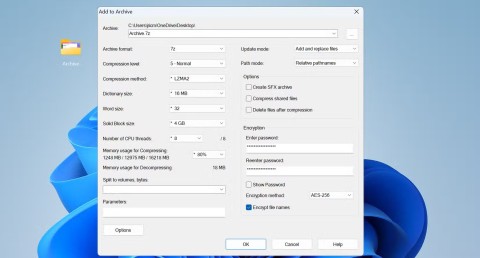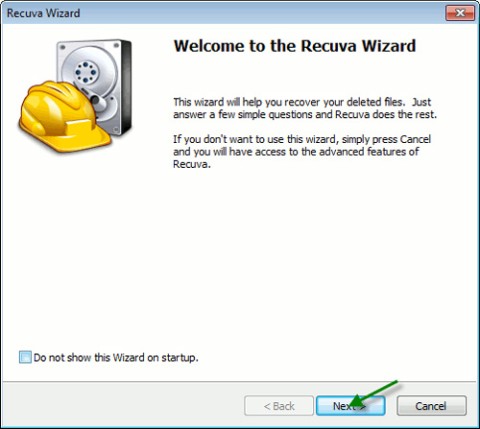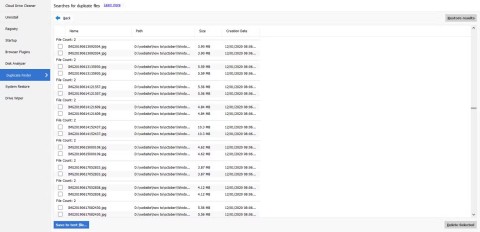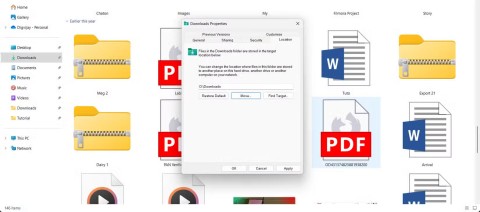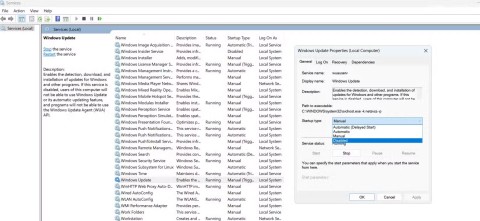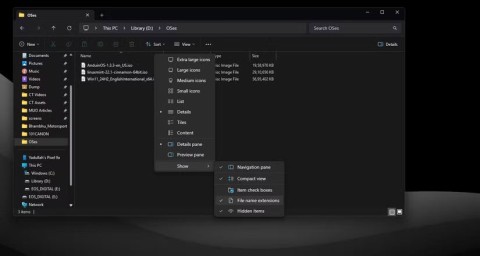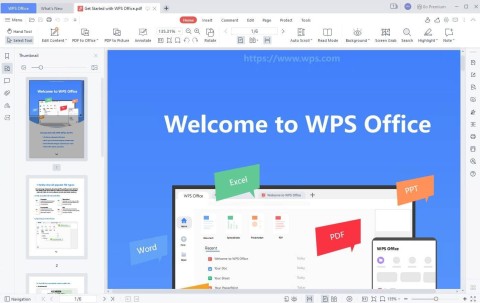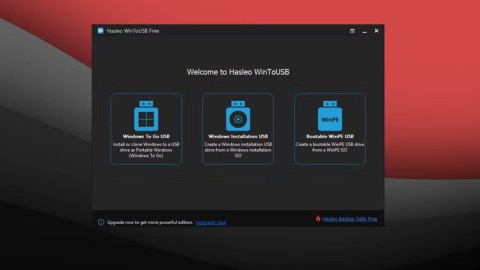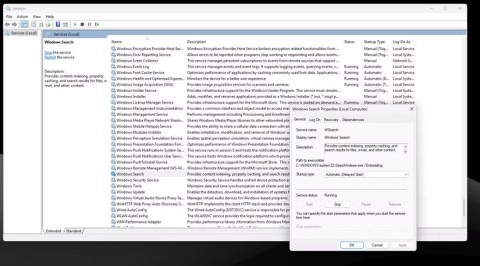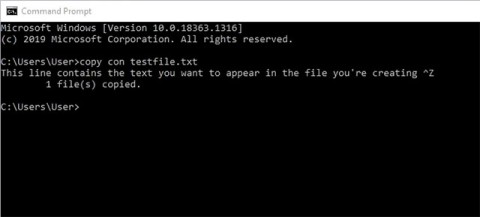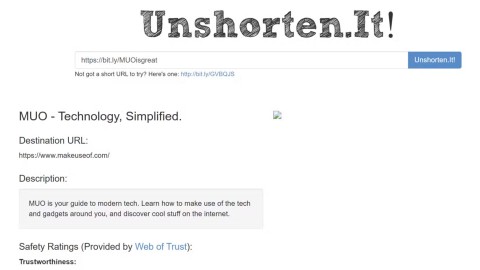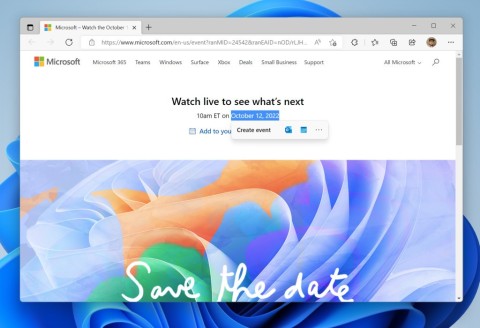VPNとは?VPN仮想プライベートネットワークのメリットとデメリット

VPNとは何か、そのメリットとデメリットは何でしょうか?WebTech360と一緒に、VPNの定義、そしてこのモデルとシステムを仕事にどのように適用するかについて考えてみましょう。
The default video settings in Open Broadcast Software (OBS) typically work like a charm in most cases. However, some streamers prefer to manually change the resolution and aspect ratio for a more personalized streaming experience. Luckily, the software is incredibly user-friendly, allowing you to try out different configurations for each session.

Below, you’ll find step-by-step instructions on how to change the resolution in OBS, along with a breakdown of the primary video settings. We also included some tips on how to prepare everything for the stream and make your content pop. So keep reading to learn about the best OBS configurations.
How To Change the Resolution in OBS
Resolution is a metric used for determining the clarity and sharpness of a particular image. It’s one of the most critical aspects of streaming and getting it wrong can seriously hinder your viewers’ experience. You want to make sure the viewers can see everything that’s happening on screen instead of squinting at pixelated images.
Luckily, OBS provides you with different video and output settings for a seamless streaming session. The default configuration of the open-source software is decent. However, there’s always room for improvement. You can play around with different resolution and aspect ratios to find the best setup for your content.
Let’s look at each video setting and step-by-step instructions on how to adjust it.
Base Resolution
The Base or Canvas Resolution affects the image quality of the entire stream, including overlays and recordings. Since it’s the primary video source, you need to be careful when adjusting it. The wrong Base resolution can result in lagging and other annoying glitches.
There are two recommended configurations for Base Resolution: 1920×180 or 1280×720. With 1080p and 720p, the aspect ratio is automatically set to 16:9, which is the optimal solution for most computer screens. However, some streamers prefer the 1600×900 setting as a half-point between the two standard resolutions. If you’d like to try it out yourself, here are the steps to change the Base resolution in OBS:
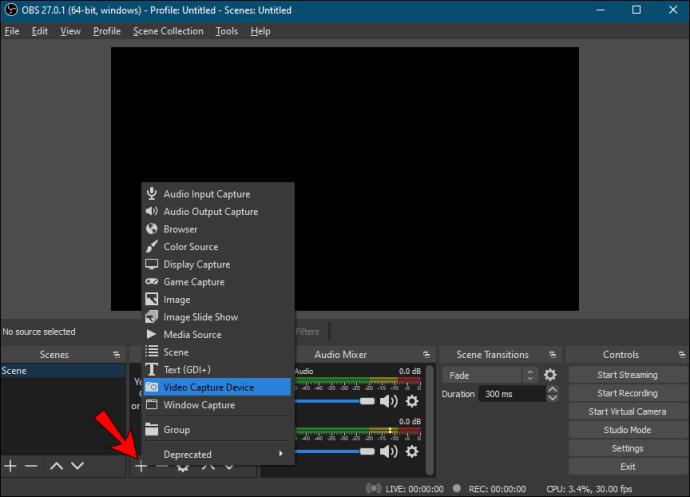
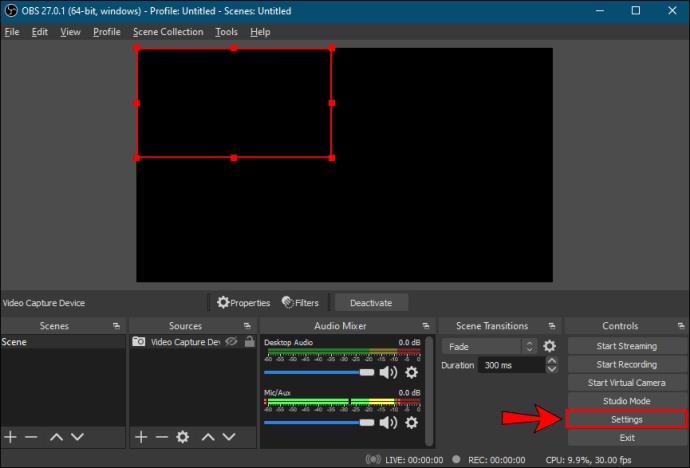
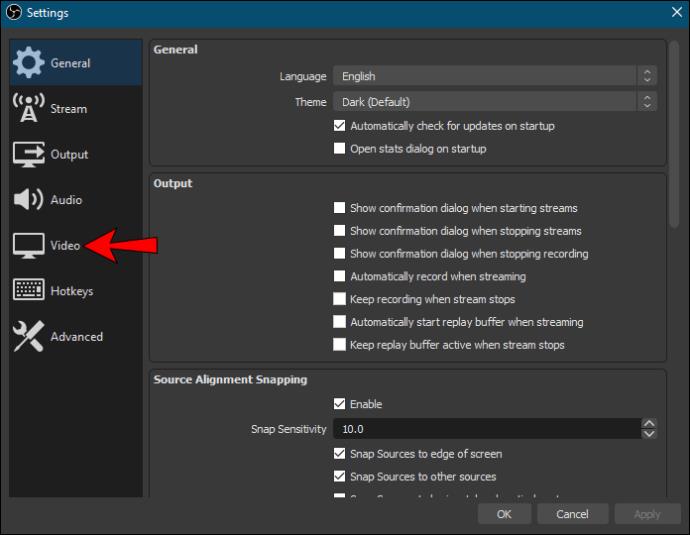
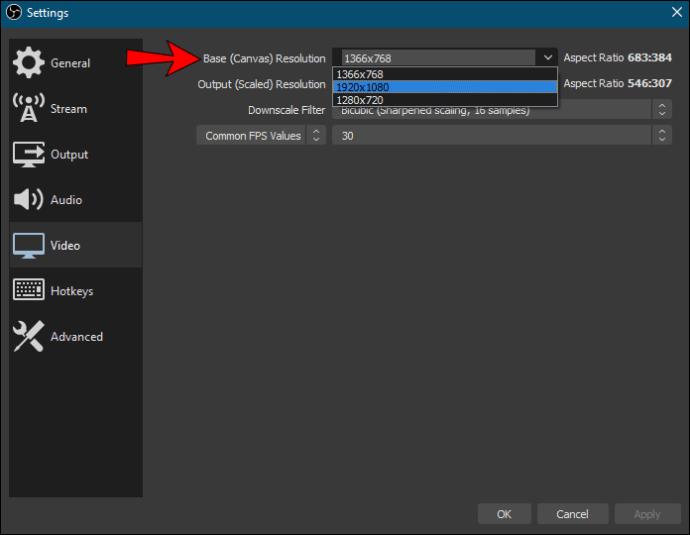
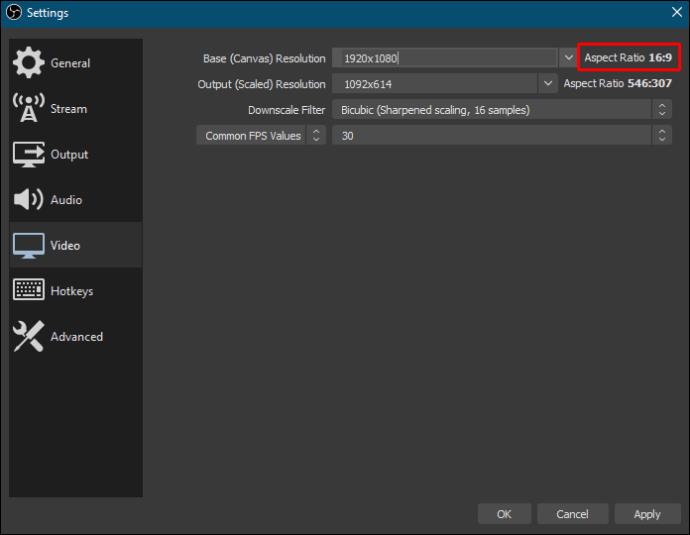

Another way to influence the Base Resolution is to change the resolution of your computer screen. It’s not entirely necessary, but it can sometimes help improve the image quality if all else fails. Here’s how to do it with a Windows PC:
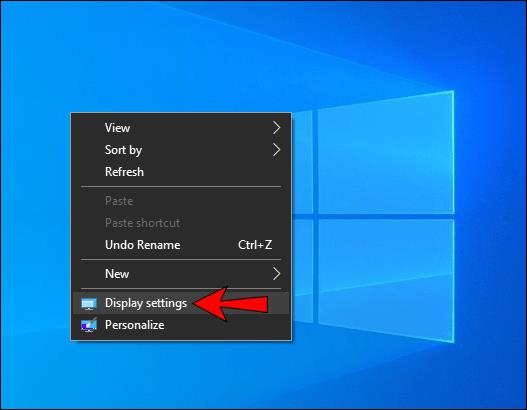
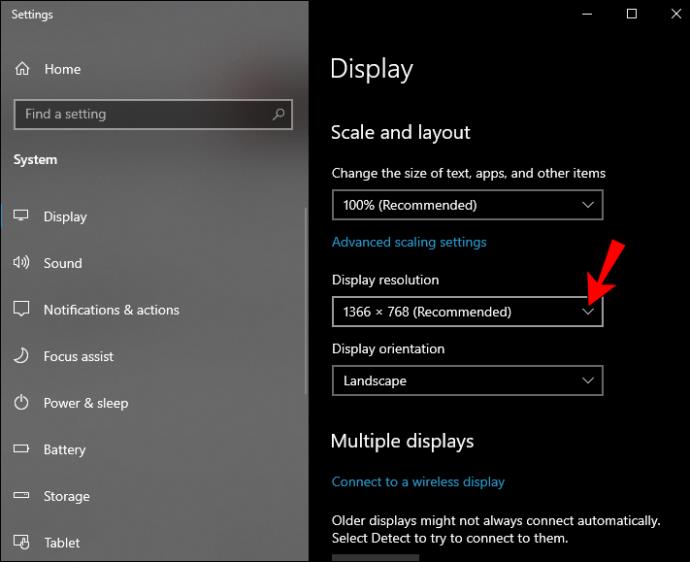
And here’s how to do it with a Mac:
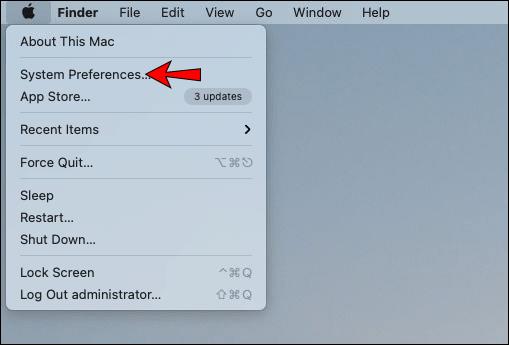
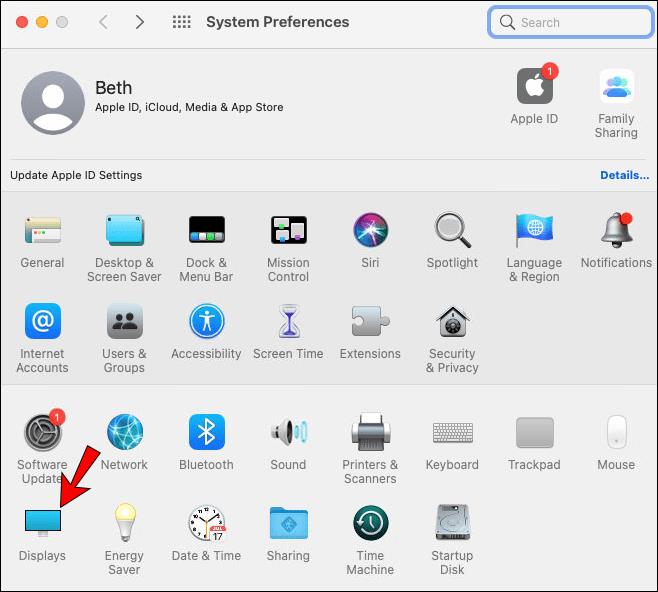
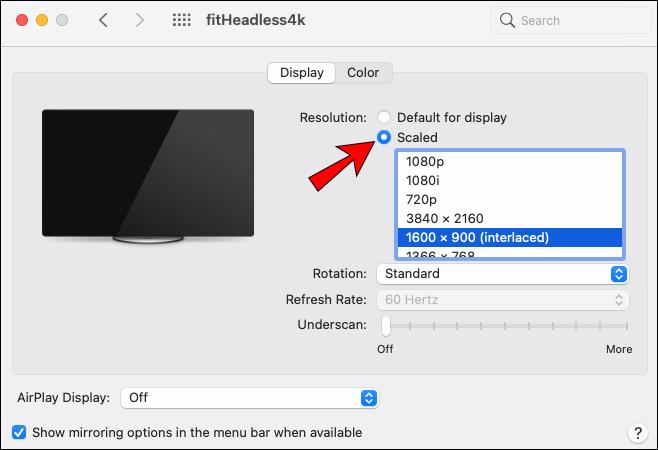
Output Resolution
OBS isn’t just a fantastic streaming software; you can use it for screen recording as well. The Output Resolution is the measurement for the image quality of a particular display capture. It’s essential to get it right if you’re content is mainly based on tutorials.
The Output Resolution is entirely independent of the Base resolution, meaning you can set the two to different ratios. However, that can sometimes lead to glitches, such as black bars appearing on the sides of the screen. That’s why it’s best to get the two settings to match.
Luckily, changing the Output Resolution is pretty straightforward so you can fix any potential issues relatively quickly. Here’s how to do it:


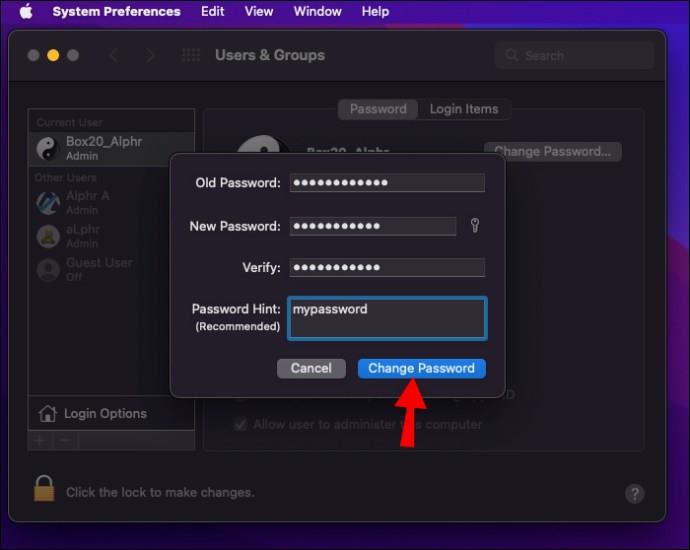
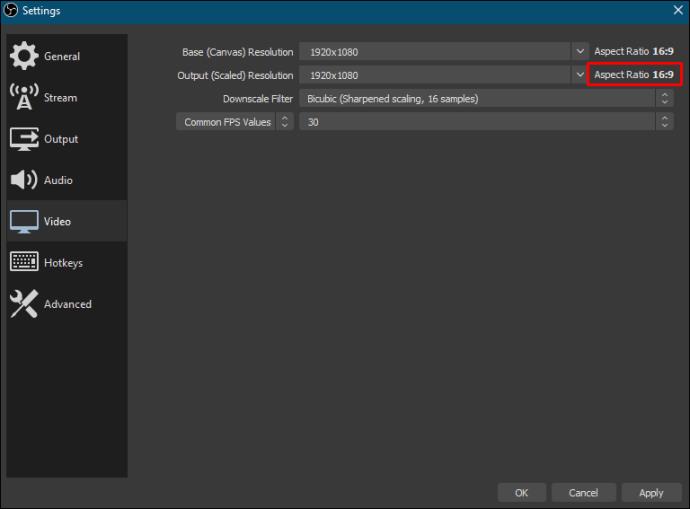
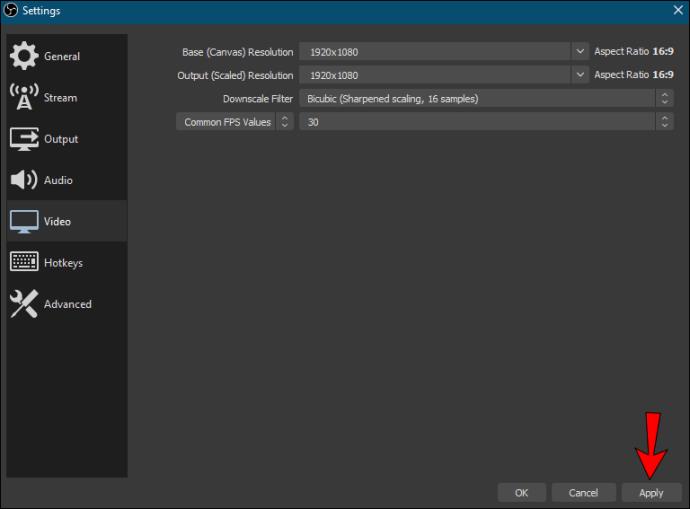
Downscale Filter
Some streamers prefer to stream in 720p, even if the Base and Output Resolution is set to 1080p. OBS has a special filter for downscaling that allows you to do that. Here’s how to apply it:


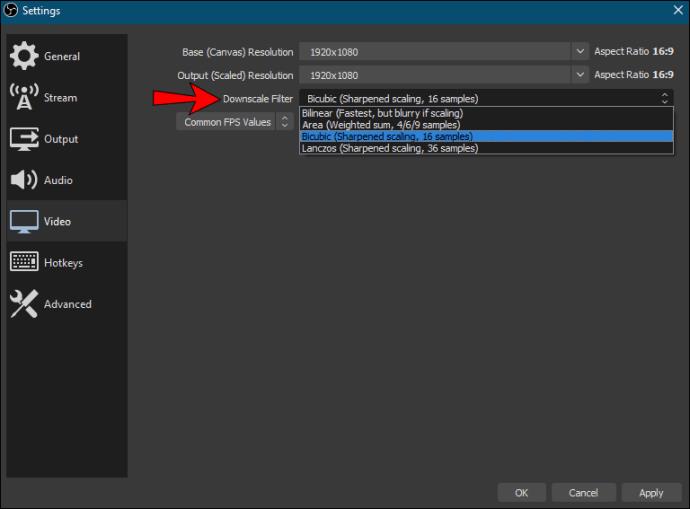

Rescale Output
There’s one more feature you need to enable if you want to stream in a lower resolution than the Base configuration. The Rescale Output will scale the image based on the downscaled filter instead of following the Base Resolution. You just need to activate it:

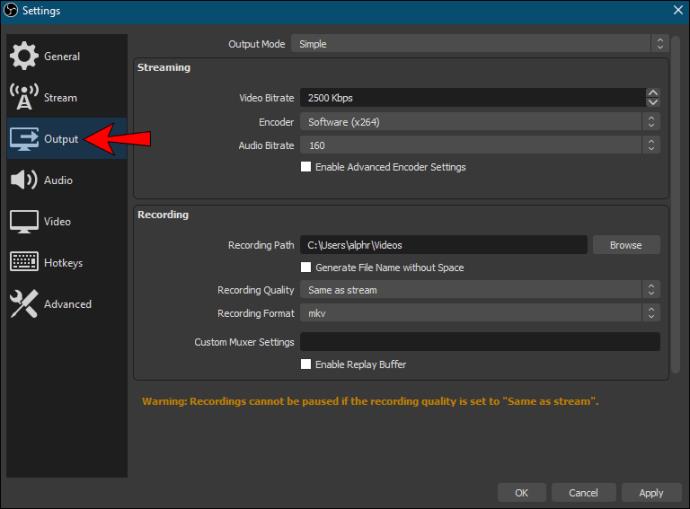
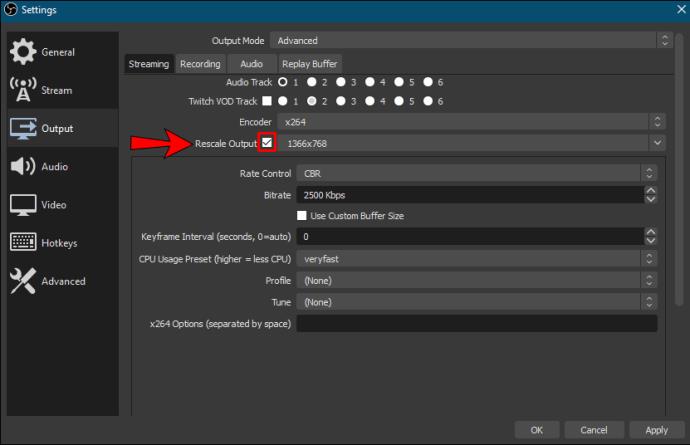
The Best Configuration Options for OBS
Since we’ve pretty much covered all OBS video settings, we’ll focus on the “Output” tab in this section. As mentioned, the default configuration works for most streamers. However, that also depends on the type of content you produce. That’s why playing around with different settings can help improve your stream sessions and perhaps boost your following.
If you want to optimize your OBS configuration, it’s best to do it with the “Advanced” mode. It will allow you to micro-manage every aspect of the stream, from the bitrate to audio quality. Here’s how to do it:
1. Launch OBS and open the “Settings” window.
2. Next, click on the “Output” tab on the left-hand side.
3. Finally, expand the “Output Mode” bar by clicking on the downward arrow on the far-right. From the drop-down list, select “Advanced.”
Once you’re done, you’ll be able to fine-tune your OBS setup with extra efficiency. But to do that, you have to familiarize yourself with the different settings. So, let’s go over each one and explore how it affects the stream:
• Encoder. Hardware encoding will help minimize CPU usage, which can come in handy if you don’t have a powerful computer. But, unfortunately, it can sometimes hinder visual fidelity. To avoid that, try the x264 encoder setting.
• Bitrate. The “bits per pixel” rate is determined by the FPS, resolution, and upload bandwidth. Therefore, you want the audio and video bitrates to correlate to those three aspects. Usually, a 1080p resolution requires a 6,000Kbps video bitrate and 128Kbps audio.
• Rate control. It determines the consistency of your bitrates. Typically, CBR is the preferred bitrate, but if you have limited bandwidth, go with VBR.
• Keyframe interval. The recommended setting for live streams is a keyframe interval of two. That means the software will render the entire video frame every two seconds.
• CPU usage preset. Ideally, you want to set it to “very fast” if you use software encoding.
• Profile. It’s best to keep the default OBS setting since the “Main” profile has all the features you need for a successful stream.
• Audio. As mentioned, the recommended setting for audio bitrate is 128Kbps. However, if you’re using more than one track when recording, you can push it to 320Kbps instead.
Get the Ball Rolling With OBS
OBS is a highly customizable streaming software. While the default settings are pretty effective, you also have the freedom to make adjustments and get the most out of your content. You can change the Base and Output resolution to improve the video quality of both your streams and screen recordings, for starters. Furthermore, you can use a downscaling filter to the only stream in 720p if that’s what works best for your gameplay.
Thanks to the “Advanced” output mode, you can go even further than that. If you have the time and dedication to explore the different configurations, OBS is incredibly easy to navigate. It won’t be long before you get the ball rolling and optimize your streaming sessions.
Do you use OBS for live streaming? What’s your experience with the software? Let us know in the comment section below if there’s something we missed.
VPNとは何か、そのメリットとデメリットは何でしょうか?WebTech360と一緒に、VPNの定義、そしてこのモデルとシステムを仕事にどのように適用するかについて考えてみましょう。
Windows セキュリティは、基本的なウイルス対策だけにとどまりません。フィッシング詐欺の防止、ランサムウェアのブロック、悪意のあるアプリの実行防止など、様々な機能を備えています。しかし、これらの機能はメニューの階層構造に隠れているため、見つけにくいのが現状です。
一度学んで実際に試してみると、暗号化は驚くほど使いやすく、日常生活に非常に実用的であることがわかります。
以下の記事では、Windows 7で削除されたデータを復元するためのサポートツールRecuva Portableの基本操作をご紹介します。Recuva Portableを使えば、USBメモリにデータを保存し、必要な時にいつでも使用できます。このツールはコンパクトでシンプルで使いやすく、以下のような機能を備えています。
CCleaner はわずか数分で重複ファイルをスキャンし、どのファイルを安全に削除できるかを判断できるようにします。
Windows 11 でダウンロード フォルダーを C ドライブから別のドライブに移動すると、C ドライブの容量が削減され、コンピューターの動作がスムーズになります。
これは、Microsoft ではなく独自のスケジュールで更新が行われるように、システムを強化および調整する方法です。
Windows ファイルエクスプローラーには、ファイルの表示方法を変更するためのオプションが多数用意されています。しかし、システムのセキュリティにとって非常に重要なオプションが、デフォルトで無効になっていることをご存知ない方もいるかもしれません。
適切なツールを使用すれば、システムをスキャンして、システムに潜んでいる可能性のあるスパイウェア、アドウェア、その他の悪意のあるプログラムを削除できます。
以下は、新しいコンピュータをインストールするときに推奨されるソフトウェアのリストです。これにより、コンピュータに最も必要な最適なアプリケーションを選択できます。
フラッシュドライブにオペレーティングシステム全体を保存しておくと、特にノートパソコンをお持ちでない場合、非常に便利です。しかし、この機能はLinuxディストリビューションに限ったものではありません。Windowsインストールのクローン作成に挑戦してみましょう。
これらのサービスのいくつかをオフにすると、日常の使用に影響を与えずに、バッテリー寿命を大幅に節約できます。
Ctrl + Z は、Windows で非常によく使われるキーの組み合わせです。基本的に、Ctrl + Z を使用すると、Windows のすべての領域で操作を元に戻すことができます。
短縮URLは長いリンクを簡潔にするのに便利ですが、実際のリンク先を隠すことにもなります。マルウェアやフィッシング詐欺を回避したいのであれば、盲目的にリンクをクリックするのは賢明ではありません。
長い待ち時間の後、Windows 11 の最初のメジャー アップデートが正式にリリースされました。

